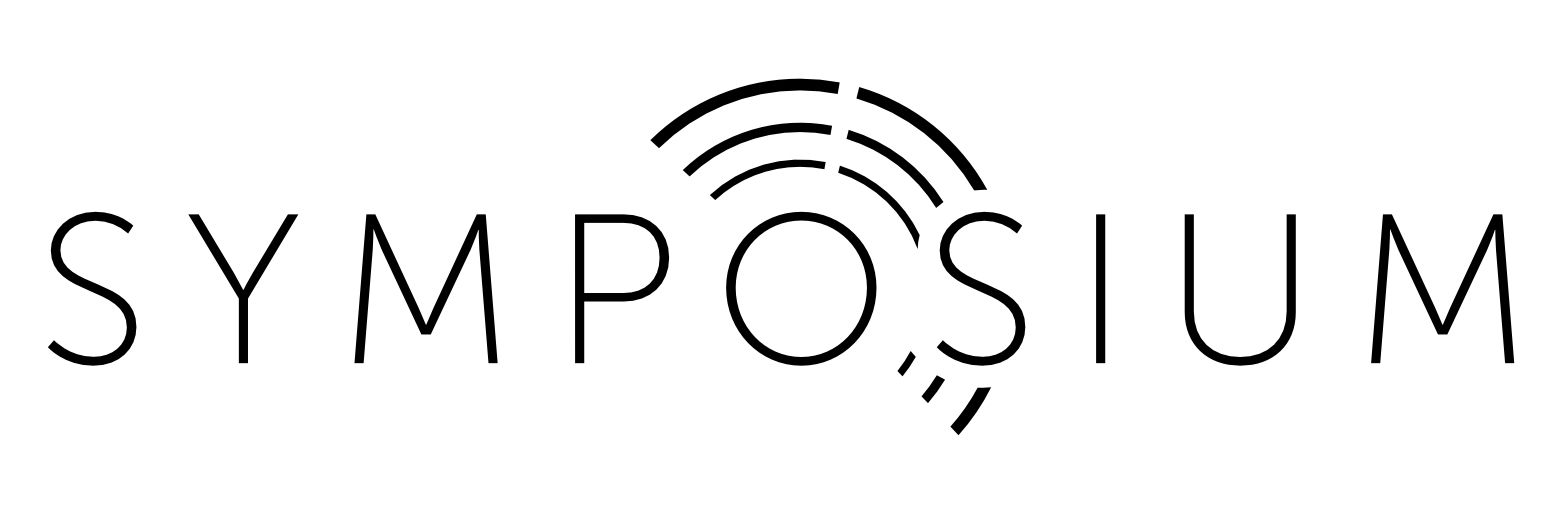
How I Prepared to Write My First Novel
So many people say it’s all about having existing intellectual property (IP) nowadays—that people will only option a screenplay if it’s based on a book or other proven product that has a ready-made audience. If you’re a screenwriter who’s trying to learn how to write books, you’ve got a lot of company for exactly this reason.
While it wasn’t my primary purpose in embarking on this journey, the thought had definitely occurred to me. Mainly, I simply felt it was long past due, and that I should take my first steps sooner instead of later.
Why?
There’s an old saying that goes “luck = preparation + opportunity,” and in my case, that’s certainly proven to be accurate a number of times. So, I needed to do some preparation by learning the nuts and bolts, by practicing through writing enough to get good, and by building up a portfolio of polished manuscripts for which to query.
The tough part when starting out is figuring out what kind of preparation will turn into luck when the right opportunity comes along.
Well, I gave pretty much everything a try, so hopefully you can read this to learn from my mistakes and save yourself some trouble.
There are no magic beans for novel writing.
Writing books was the first job I ever imagined myself having. I wrote several of what, at the time, I considered to be books when I was five or six, despite the fact that each was only a few pages long.
After shifting through a few other phases, including reporter and pastry chef, I stuck with one or another variation of filmmaker. But I continued scribbling down ideas and notes for stories. The longer or more complex ones I categorized as feature film or mini-series ideas, but somewhere in the back of my mind, the temptation to write books and short stories remained and occasionally surfaced, and eventually I decided to act on it, but by then I had no clue how to go about it.
My first thought was to take a community college class in creative writing. That mostly turned out to be a dead end because it inexplicably focused on playwriting and poetry. The feedback I got for the one and only short story writing assignment was from classmates who were even less experienced than myself, and correspondingly, their responses were less than helpful.
I wondered if I was going about it completely the wrong way, so I started dropping crumbs of the idea that I was contemplating writing a book during catch-up/networking meetings with friends and colleagues, in hopes that someone would have advice, suggestions, or anecdotes for me. To my amazement, the response of almost everyone I talked to was that they TOO wanted to write a book and had no idea where to start!
My next thought, since I learned a fair bit about screenwriting from working development internships at PODs and studios, was to apply to internships at publishers and learn everything from the inside. Bunches of applications later, all I got back was crickets. I gather that the reason I didn’t get so much as an interview was because publishers are looking to hire someone with a sole career focus on publishing, not someone with an obviously film-centric background or someone who wants to be an author.
So, that was a bust, too.
The self-help section.
My last ditch effort at using traditional, or popularly touted methods was absorbing how-to books and videos.
First of all, given how many books exist solely to explain formatting for screenplays, I was shocked to find that there doesn’t seem to be such a thing for writing and formatting novels. None of my web searches or library searches or anyone in any social media group that I reached out to had ever even heard of such a thing.
The closest thing anyone could suggest was the Chicago Guide to Copyediting Fiction, which does at least have some good descriptions of formatting dialogue and some other grammatical expectations peculiar to writing fiction.
Most other how-to resources—books on writing that were written by novelists, panels at events like ComicCon, or MasterClass courses—just focus on inspiration, motivation, or what to do businesswise after you’ve already completed a novel. I had no shortage of ideas and wasn’t ready for the business side of things yet, so as entertaining as some of them may have been, they were not especially helpful in a practical sense for a beginner.
When all else fails, do it yourself.
So, finally, I decided I had to DIY it and tried to remember what the most vital pieces were that went into my learning how to write scripts. What it really came down to was watching a ton of TV and movies and reading scripts similar to what I wanted to write in order to figure out how to mimic popular formatting styles and how the concept of “voice” worked, and finally, just planting my fanny in a chair to write.
I am NOT a fast reader, so the rising popularity and availability of audiobooks was a godsend in this regard. It occurred to me that having my headphones read to me whenever I needed to do laundry, cook meals, or clean would allow me to read dozens of books a year—and it did.
Hearing the words spoken was also helpful because, while I still have to dig up a written copy of something to see how they decided to format a given scene or bit of action or dialogue, most people subvocalize when they read anyway, so it’s important to think about how a book “sounds.” Also, I often write using-speech-to-text software for at least the first draft.
The right tools.
I come from a family of techies, so I grew up with the habit of seeking out specialized software if it genuinely makes the task more manageable. I could have used a number of different applications to write my first novel, but I still needed to make the choice.
When I was a little kid, my favorite writing software was FrameMaker, but they stopped making that for Mac back in 2004, and I wasn’t quite eccentric enough to decide that I would only write novels on my antique PowerBook G4. Final Draft has a template for novels, as do more traditional word processors like OpenOffice and MS Word, if you search for them, but using screenwriting or business software for a book somehow felt … wrong. Also, trying to organize chapters and scenes in those applications looked to be a nightmare.
After asking around for recommendations and watching tutorials for a few different apps, I finally decided on Scrivener because its user interface is reasonably well suited to organizing and writing a novel, because it was cheap and finding further discounts was easy, and because it allows for a great deal of customization—including turning my pages and windows fun colors.
Actually sitting down and writing.
Based on the kinds of screenwriting work I had been paid to do for the last few years, I decided to write something that would either become a children’s chapter book (ages 5-8) or a middle grade novel (ages 8-12)—and that it would be adapted from the spec pilot I had been using as my sample to get jobs so far.
That wasn’t what ended up happening though …
I had gotten a couple of chapters in when an unexpected opportunity suddenly fell in my lap. I was invited, through a diversity program, to submit directly to an editor at a major publisher. But there was a hitch. Not only was a completed manuscript due in about three months, but it also had to be YA.
I stopped writing my kids’ book. I pondered and scribbled down ideas for almost a month before realizing that I was running out of time. So, I picked an idea and then I did something that will probably horrify any outline-happy authors who are reading this: I sat down and just started writing the thing, stream-of-consciousness style, whenever I had a little free time.
My initial premise was of a parodic action comedy told by a third-person narrator and taking place over a few days in-story, but it slowly morphed into an emotionally wide-ranging, coming-of-age story told in first-person, past-tense and spanning a little over year.
When the submission deadline arrived, I had a second draft that was shorter than most modern novels and written so tightly that it didn’t give each story beat much breathing room. Tonally, it was a cross between an angsty teenager’s diary from the early 2000s and a Heinlein juvenile novel from the 1940s where the protagonist uses a vocabulary that would have most teenagers saying, “huh?” (Probably because those novels comprised a significant portion of what I had been reading over the course of the year, and because “huh?” has been a recurring response to my vocab my whole life.)
It definitely wasn’t perfect. But you know what? I wrote a novel and submitted it to a publisher, and that’s not nothing.
Earlier this month, I nudged the editor to whom I had sent my manuscript with a cheerful email to ask if he’d had the chance to read my submission, and he soon sent me back a polite and encouraging … rejection.
So, what now?
There’s a popular, if a bit crude, saying in the entertainment industry about this kind of situation. It goes: “Well, shit … Next!”
Basically, it just means that, now, it’s time to do newer, better draft and query somebody else while I finish the other novel I was writing.
Keep writing, keep querying and submitting, keep moving forward. Or, in short … Onward!
*Feature image by Cristina Conti (Adobe)


